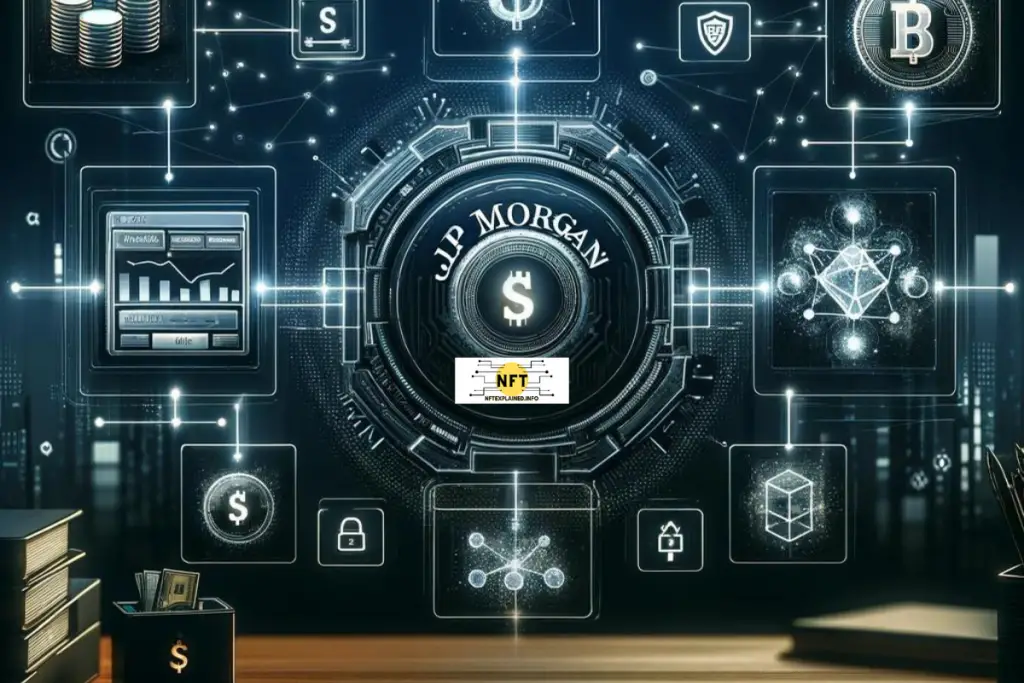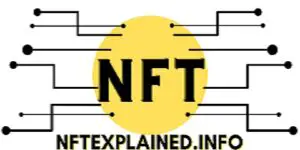
BlackRock and other financial titans have expressed that tokenizing financial assets via blockchain technology is revolutionary and the future direction of the financial services market. This innovative approach offers several advantages, including the elimination of money laundering by transparently tracking the lifecycle of an asset through a public ledger.
In this article, we’ll explore how JP Morgan, a multinational finance company, is using asset tokenization specifically for posting collateral. We’ll break down the process and highlight the benefits this technology brings to asset managers.
Before we dive in, let’s briefly examine a key aspect: tokenization.
Blockchain tokenization converts physical or digital assets into digital tokens on a blockchain. This process ensures secure, transparent, and immutable representation of ownership or value. Tokenized assets can be easily transferred, traded, or used as collateral, enhancing liquidity and efficiency in various applications.
For example, a $20 million bond could be tokenized into 200 tokens, with each token worth $100,000 and representing a proportional share of the bond. For more information on the tokenization of debt instruments like bonds, check out this related article.
The process for tokenizing bonds is detailed in our YouTube video linked here. Learn about the benefits and why BlackRock’s CEO, Larry Fink, is all in on this technology by watching here.
That said, JP Morgan’s Onyx platform is ahead of the game for numerous reasons and is taking strides to provide unique and compelling tokenization solutions to asset managers. More specifically, we’ll examine how their Tokenized Collateral Network (TCN) is being used – including examining how it went for parties that have used the platform.
JP Morgan Tokenizes Money Market Funds for Collateral Posting
JP Morgan’s Onyx platform tokenizes money market fund shares, enabling asset managers to use these digital tokens as collateral without withdrawing from the fund. This innovative solution allows continuous earnings without liquidating shares, as the tokenized shares are posted as collateral – enhancing efficiency and reducing costs.
Traditionally, investors would need to withdraw money from money market funds to use it for collateral, which can be costly and interrupt the earning potential of their investments.
By converting these fund shares into digital tokens, JP Morgan allows these shares to be easily transferred or used as collateral without the need for withdrawal. This approach provides a better experience for investors, as it is more cost-effective and keeps their investments active.
Instead of drawing down on the investment in the money market fund to post collateral, tokenized shares of the money market fund are used. This means the actual investment remains intact and continues to earn returns, while the tokenized shares serve as collateral.
This innovation addresses traditional pain points such as the time-consuming and costly process of redeeming funds for collateral use. Through blockchain, JP Morgan offers a transparent, secure, and instantaneous method to manage collateral, which is particularly beneficial in high-pressure situations like margin calls.
In fact, BlackRock has already used JP Morgan’s Onyx platform to facilitate a transfer with Barclays. Tokenization occurred within minutes through seamless connectivity between the fund’s Transfer Agent and the Tokenized Collateral Network (TCN), JP Morgan announced in a press release.
The transfer of shares between BlackRock and Barclays was nearly instantaneous, marking a significant milestone as it was the first time money market fund shares were used as collateral between bilateral derivatives counterparts by these institutions.
When asked about this process, Tyrone Lobban, Head of Blockchain & Onyx Digital Assets stated, “We then have solutions around tokenizing money market fund shares. So when we think about an asset manager client who’s offering their clients a money market fund product, often those clients will need to redeem out of the money market fund to go and post collateral for some bilateral exposure or derivatives margin, for example. That’s not a great experience for the asset manager nor for the clients. It’s costly, it’s expensive, there’s a drawdown on the investment itself. We have come up with a solution that allows for these investor clients to stay invested in the money market fund and actually post those shares, the money market fund shares, as collateral. Better experience, much cheaper for the clients, not a drag from a balance sheet perspective. And we think that this idea of leveraging blockchain for collateral is really, really important because of the size of that industry.”
Nasdaq Interview; watch our analysis here.
Lobban’s emphasis on the importance of blockchain for collateral management reflects the broader industry’s shift towards digital assets and blockchain solutions. The scalability and efficiency offered by blockchain technology make it a powerful tool for modernizing financial processes and improving market operations.
